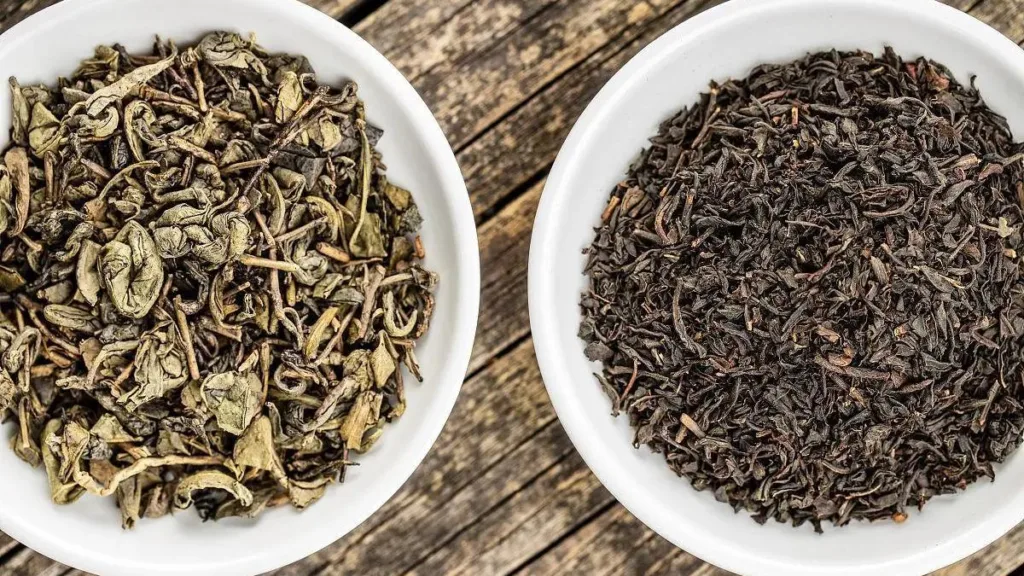Chinese tea culture is rich and diverse, and one of the intriguing aspects lies in the various ingredients added to enhance the flavor and aroma of tea. The essence of tea lies in its leaves, and appreciating the intrinsic taste is often considered paramount. The process of brewing high-quality tea involves using minimal water to fully showcase the natural flavors of the tea leaves.
When it comes to older tea leaves, they are best brewed in ceramic pots, allowing for a nuanced infusion of flavors. Conversely, fresh tea leaves can be enjoyed in glass or white porcelain cups. For those with a penchant for bold flavors, adjusting the quantity of tea leaves or opting for aged, matured teas can intensify the taste experience.
Beyond the inherent taste of tea leaves, the addition of spices and herbs is a common practice to elevate the overall tea experience. Fragrant elements such as red dates, longan, and roses are incorporated to impart captivating aromas and a delightful sweetness to the tea. The choice of spices depends on the characteristics of the tea and individual preferences. It’s crucial to select fresh and high-quality ingredients to avoid any adverse effects on the tea’s taste.
Another popular method is infusing tea with fruits, offering a refreshing twist to the traditional brew. Lemon tea, pomelo tea, and orange tea are just a few examples. When selecting fruits, it’s advisable to choose those whose textures complement the nature of the tea. It’s worth noting that fruits can make the tea appear cloudy due to their flesh, so those who prefer a bolder taste can opt to include more fruits.
Milk tea powder is also employed to enrich the texture and taste of tea. With its rich, milky aroma, the powder enhances the tea, providing a velvety smoothness. The quality of milk tea powder significantly impacts the tea’s overall taste, and opting for reputable brands or natural, high-quality options is essential.
In summary, the art of enhancing Chinese tea involves a thoughtful selection of ingredients based on the type of tea and personal preferences. The addition of these elements aims to augment the tea’s flavor profile and mouthfeel. It is crucial to use these ingredients in moderation and ensure their freshness to truly elevate the tea-drinking experience. To fully appreciate the nuances of tea, it is recommended to first savor the inherent taste of the tea leaves before experimenting with additional elements. The delicate balance of tea and added ingredients creates a symphony of flavors that reflects the diversity and sophistication of Chinese tea culture.



